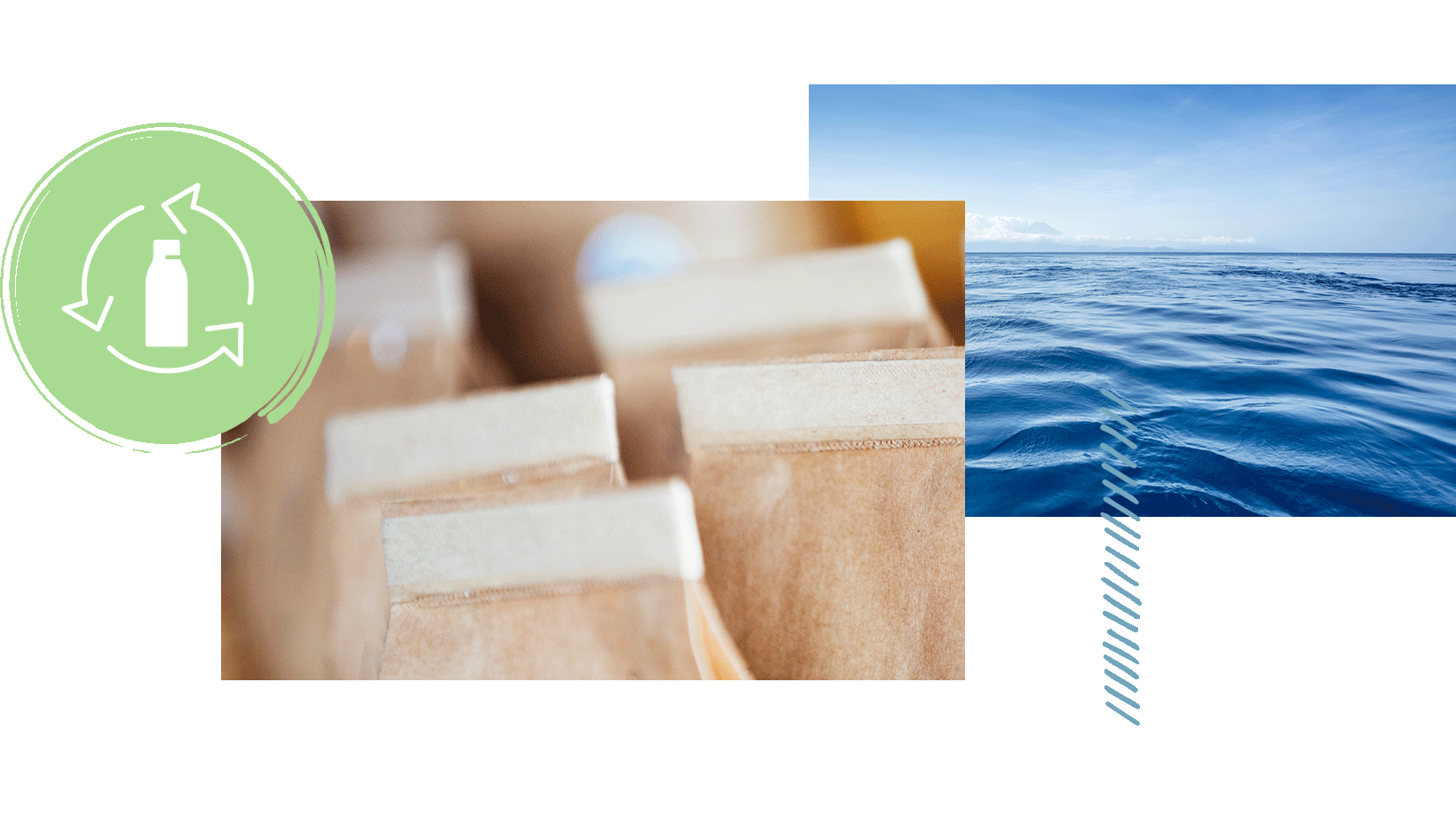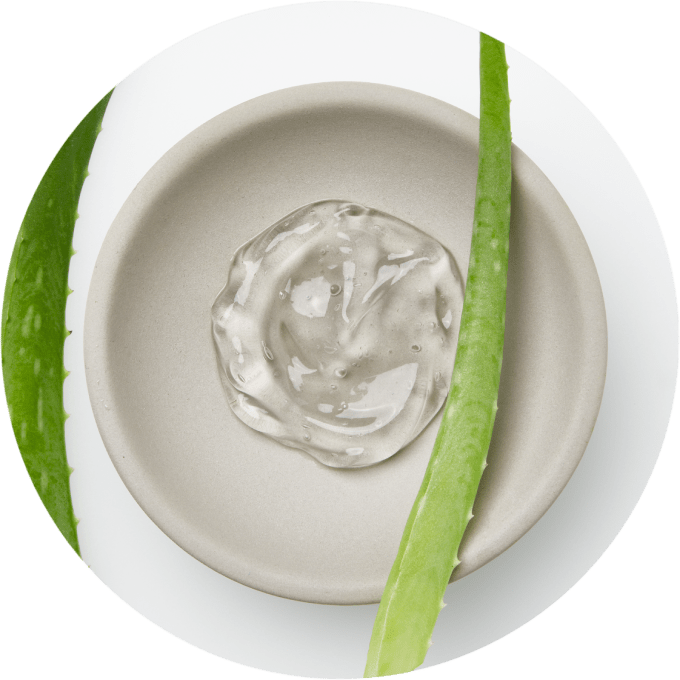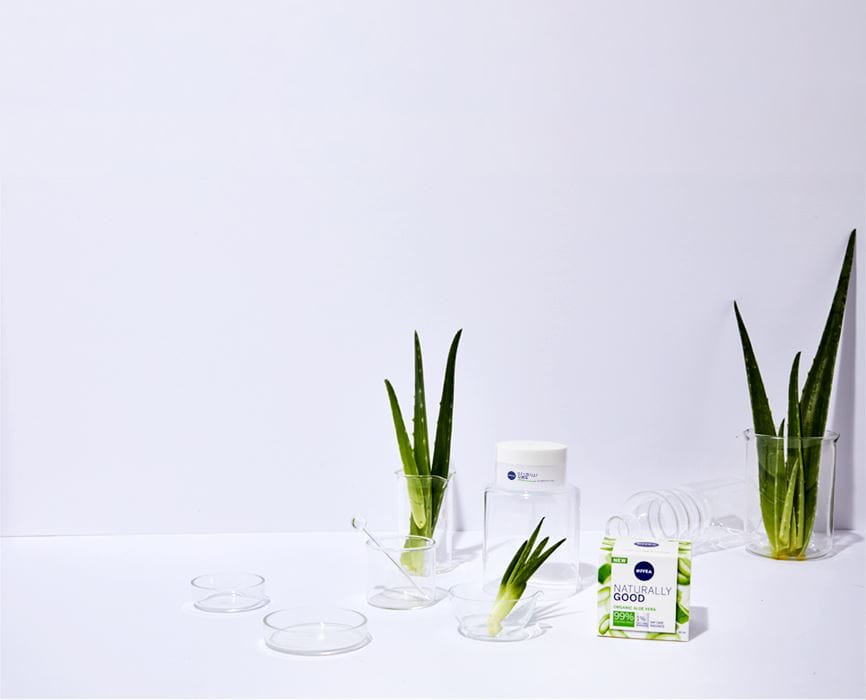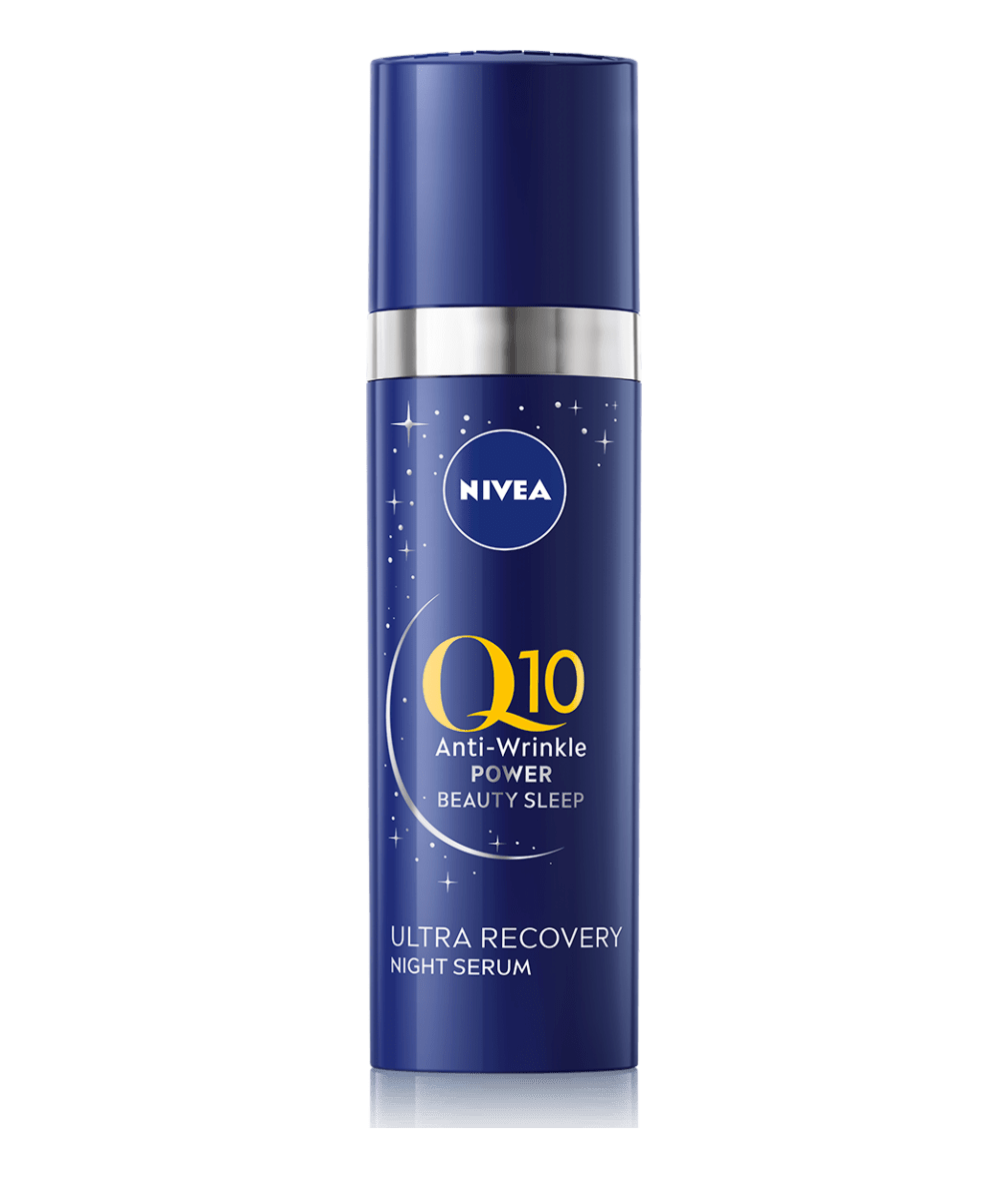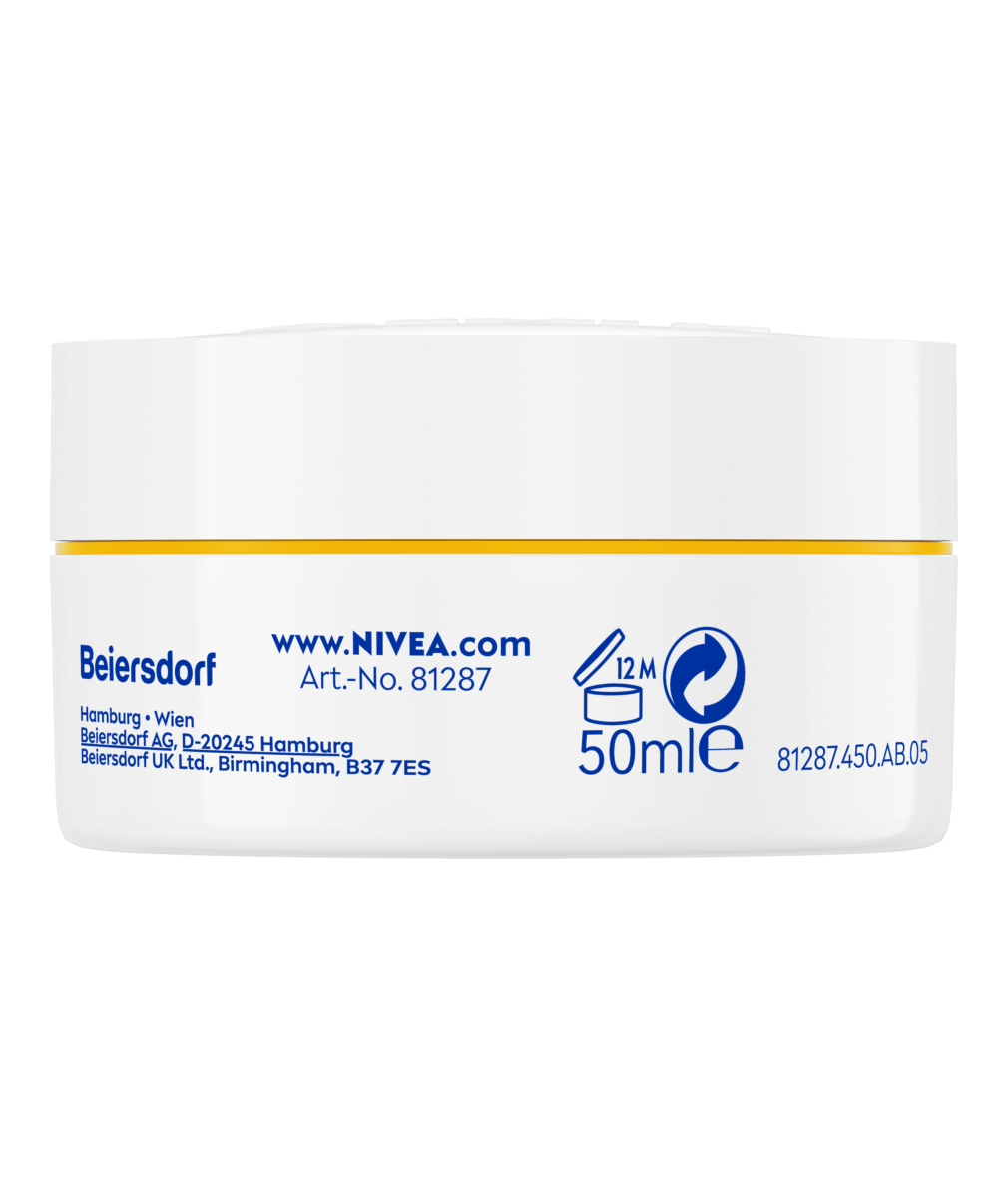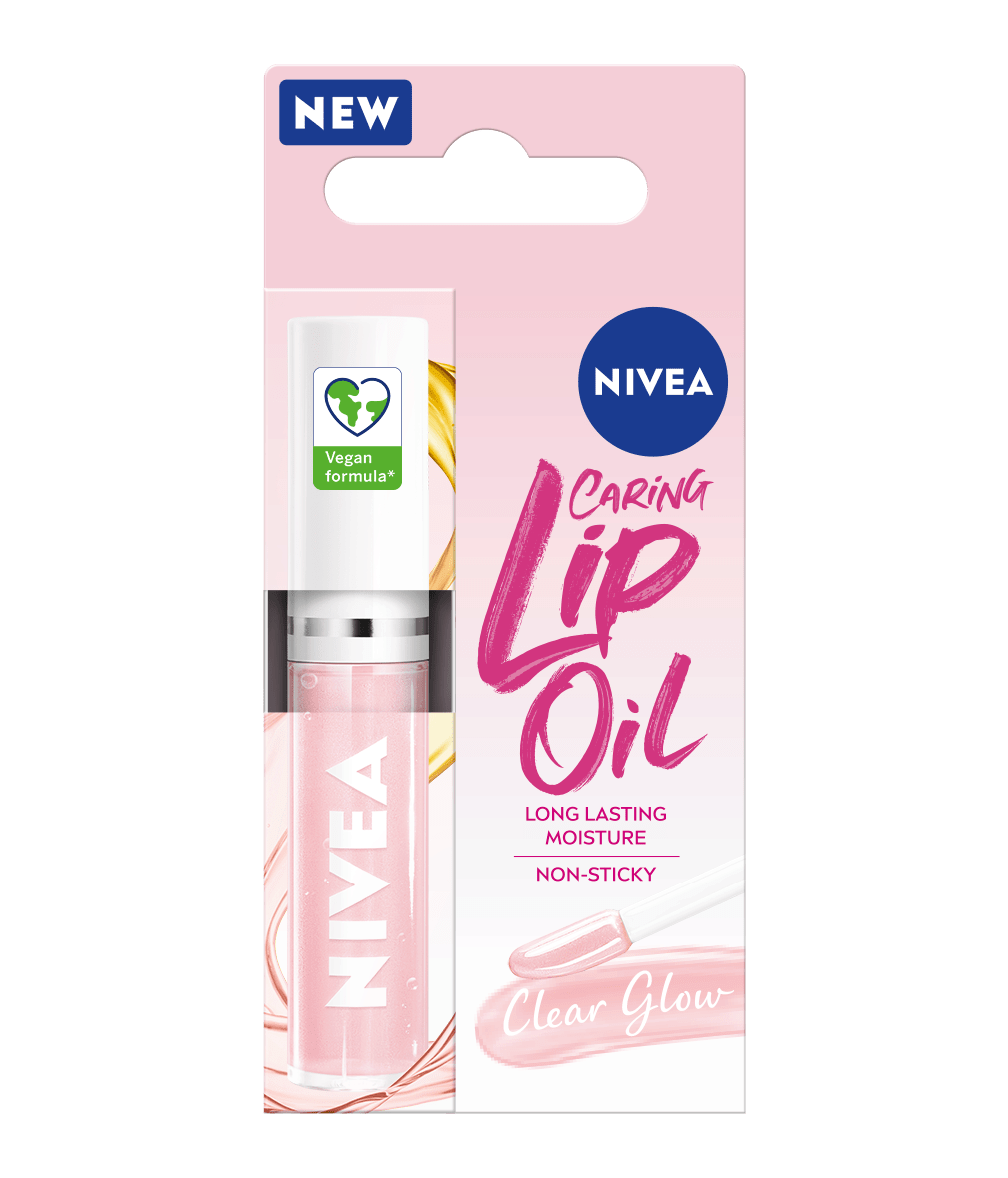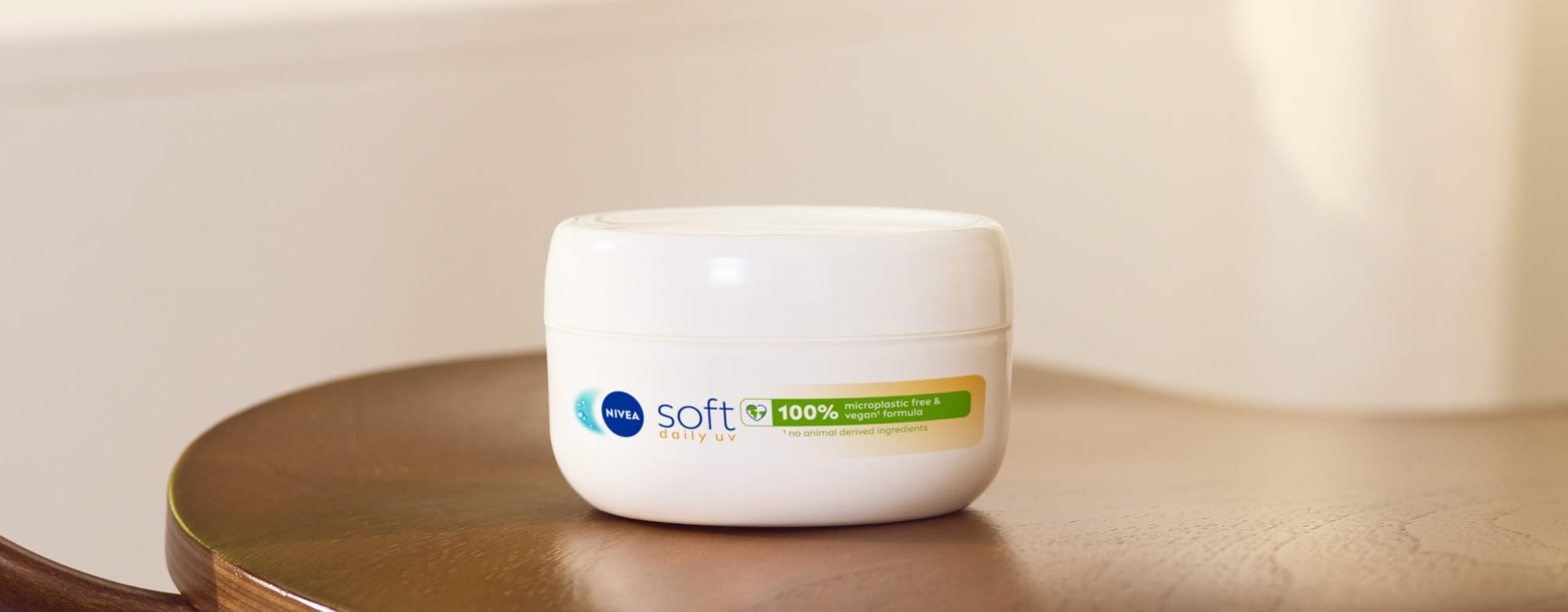
How NIVEA works on more sustainable plastic packaging
We believe in continuous improvement at NIVEA. That’s why we take steps towards providing the most sustainable skincare in everything that we do – whether it’s improving our product formulas or the way in which we manufacture and package our skincare products.
As part of our mission to protect the planet and communities around the world, we have committed ourselves to reducing our carbon footprint, saving energy and reducing waste. A significant part of this undertaking involves the steps that we have taken in recent years to intensively optimise our product packaging according to four sustainability principles: avoiding, reducing, reusing, and recycling.
What is plastic pollution?
How we’re reducing plastic pollution
Reducing the amount of plastic in our skincare products
Reducing the amount of plastic in our packaging
WE REDUCED THE BOTTLE’S PLASTIC USE BY HALF***
*** 50% less plastic vs same size NIVEA Body Milk bottle with cap.
Using packaging which is recyclable
A significant proportion of NIVEA packaging can already be recycled, but we are committed to continually improving our products:
Using recycled material in our packaging
Our commitment to sustainability
At NIVEA, we truly believe that the needs of our customers are paramount, but in order to do this, we also need to help ensure that the world that you inhabit becomes safer, cleaner and greener. This is why we’re working hard to ensure that the ingredients in our products are sustainably sourced and do not cause harm to the environment
You can count on NIVEA to seek out ingredients from sources that are renewable where possible, as we are committed, when making decisions regarding new and existing products, to do so with an eye to the solution that is best for our planet.
